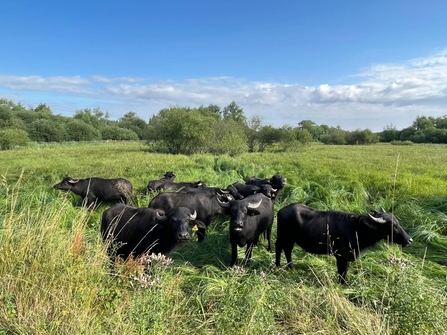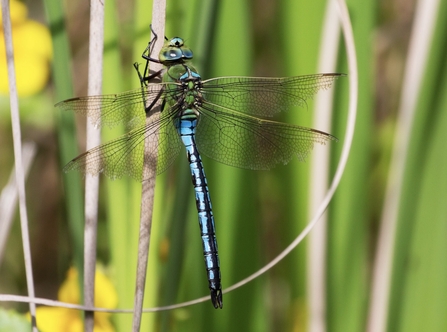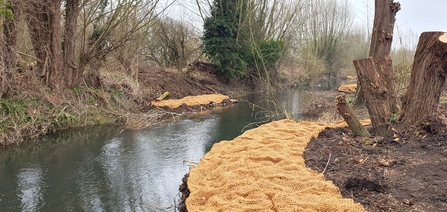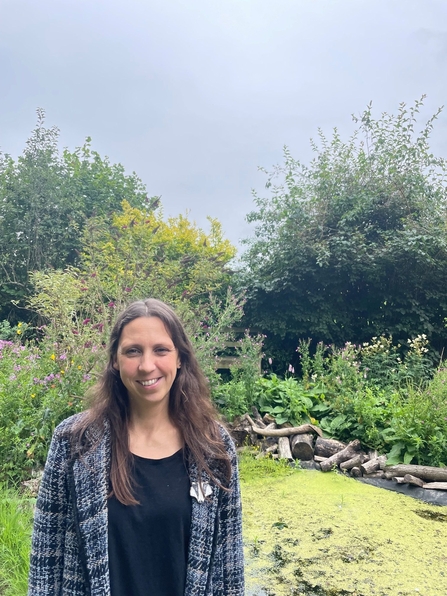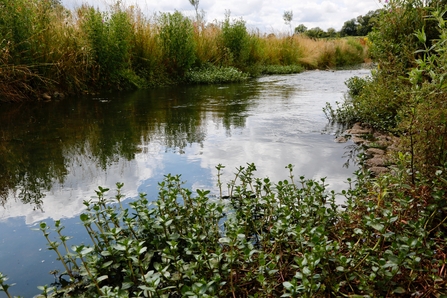If you had to pick just one habitat for its value to wildlife then wetland is surely the winner - it’s one that is crucial for wildlife, providing a diverse range of habitats that support vast numbers of species. Birds, mammals, amphibians, fish and invertebrates rely on wetlands for breeding grounds, food sources, shelter – and of course for water! Add to that, that wetlands contribute to biodiversity, the purification of water, carbon storage, and flood control and you can see how essential they are for the health of our ecosystem.
In Hertfordshire wetland covers less than 1% of the total county area – we’re a wetland-poor county when you consider the national average is 3%! That makes what we do to protect this vital habitat even more valuable and here we’ve got five projects which demonstrate how we are working with the support of volunteers and partners to conserve, create and celebrate our precious wetlands, so that we can learn more about them in order that wildlife can recover and thrive alongside us.



